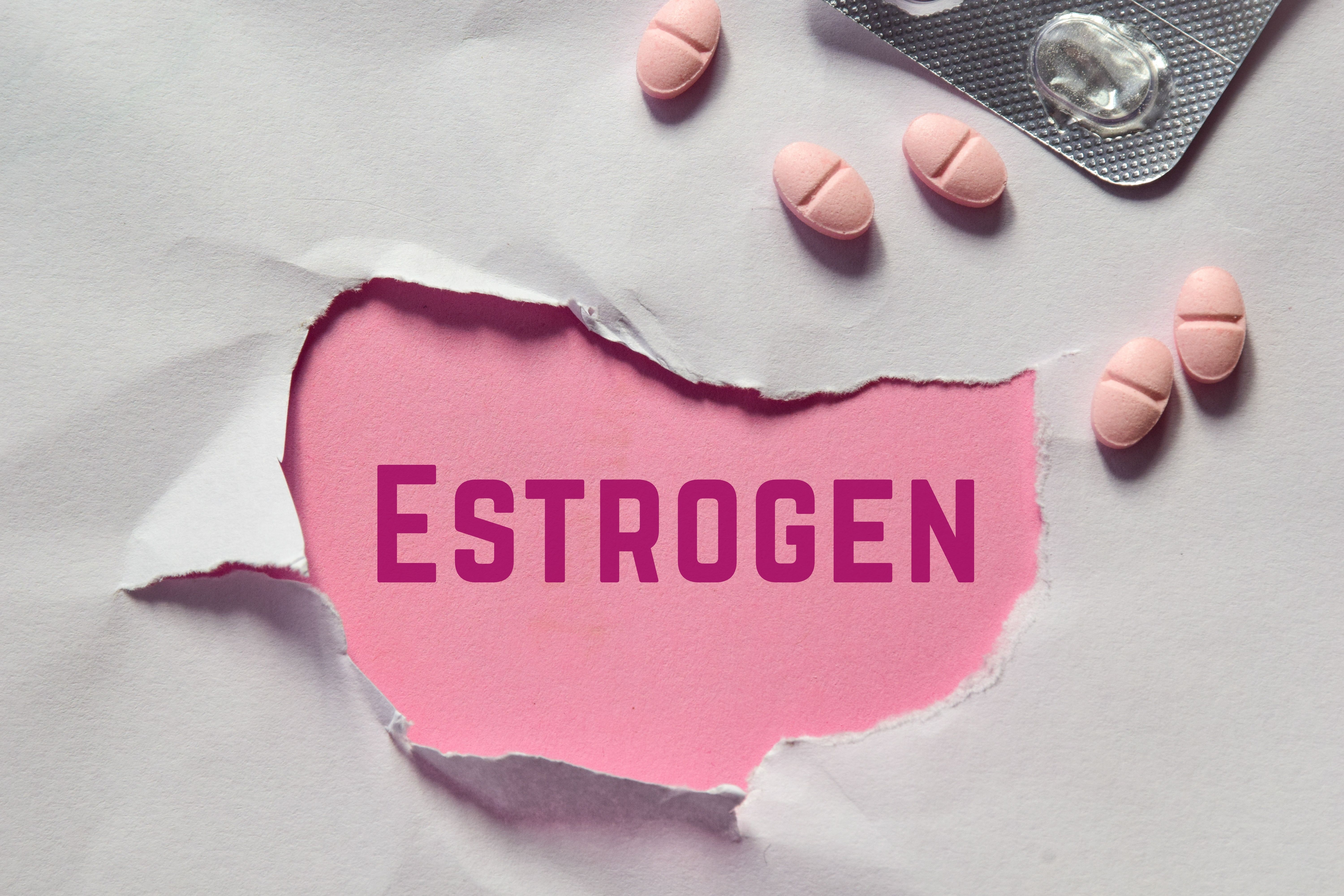Article
JAMA Study Finds No Significant Link Between Talc Powder, Ovarian Cancer
Author(s):
A JAMA study covering data from more than 250,000 women found no statistically significant link between the use of powder in the genital area and risk of ovarian cancer among women. This study comes as public outcry has led to scrutiny of one of the nation’s leading talc powder producers, Johnson & Johnson.
A JAMA study of more than 250,000 women published today found no significant link between the use of powder in the genital area and risk of ovarian cancer among women. The prospective observational study collected data from 4 US-based studies that took place between 1976 and 2017, including The Nurses’ Health Study, The Nurses’ Health Study II, The Sister Study, and The Women’s Health Initiative Observational Study.
Many powder products contain mineral talc, which has been investigated as a carcinogen due to its relationship to asbestos. Asbestos has been previously determined to have carcinogenic effects. Talc and asbestos may be mined in the same location, but in 1976 all US-based manufacturers of cosmetic talc agreed to ban asbestos. The International Agency for Research on Cancer concluded there is “only ‘possible’ evidence that perineal use of talc-based body powder may be carcinogenic.”
The study included a pool of 252,745 women with a median age baseline of 57 years. According to authors, this is the largest study on the topic ever conducted. Exposure was measured by dividing those who used powder in the genital area into ever users (long-term ≥20 years) and frequent users (≥1 week). Thirty-eight percent of those sampled reported use and women who did not use powder were excluded from the study. Of that 38%, 10% reported long-term use and the remaining 22% reported frequent use.
Researchers note an apparent generational trend in the use of powder in the genital area, as older women were more likely to report the practice. Use also varied among women of different races and education levels. The data showed ever users were more likely to be black, obese, or to have had a hysterectomy and less likely to have used oral contraceptives.
The researchers found no statistically significant association between powder use and ovarian cancer. “During a median of 11.2 years of follow-up (3.8 million person-years at risk), 2168 women developed ovarian cancer (58 cases/100,000 person-years). Ovarian cancer incidence was 61 cases/100,000 person-years among ever users and 55 cases/100,000 person-years among never users (estimated risk difference at age 70 years, 0.09% [95% CI, −0.02% to 0.19%]; estimated hazard ratio (HR), 1.08 [95% CI, 0.99-1.17]),” according to researchers.
Additional findings include:
- Estimated HR for frequent versus never use was 1.09 (95% CI, 0.97-1.23)
- Estimated HR for long-term versus never use was 1.01 (95% CI, 0.82 to 1.25)
- HR for the association between ever powder use and incident ovarian cancer was 1.08 (95% CI, 0.99 to 1.17)
- Estimated HR from the random-effects model was 1.07 (95% CI, 0.98-1.17; P value for heterogeneity = .71)
- Estimated HR for the association between ever use of powder in the genital area and ovarian cancer risk among women with a patent reproductive tract was 1.13 (95% CI, 1.01 to 1.26), and the P value for interaction comparing women with versus without patent reproductive tracts was .15
However, authors note the study may have been underpowered to identify a small increase in risk. They also state, “By irritating epithelia ovarian tissue or fallopian tubes directly, powder could induce an inflammatory response even in the absence of asbestos. This could set off a cascade of increased oxidative stress levels, DNA damage, and cell division, all of which could contribute to carcinogenesis.”
To gain new insights into the relationship between ovarian cancer and powder use in the future, researchers urge for improvements in classification of tumor types, “especially for fallopian tube cancers, which may be the true point of origin for most serious ovarian cancers.”
This study comes as public outcry has led to scrutiny of one of the nation’s leading talc powder producers, Johnson & Johnson.
In early January, the state of New Mexico filed a lawsuit against the company claiming that despite being aware of the risks associated with the powder, the company’s marketing targeted minority women and children. This is the first time a state has brought a suit against the company. In addition to Johnson & Johnson, the lawsuit charges 3 other companies it claims were “peddling talcum powder that contained ‘hazardous and carcinogenic asbestos’ to unwitting consumers for decades,” according to The Albuquerque Journal.
According to The New York Times, the suit is “the latest in a wave of legal claims against the 134-year-old consumer products company. Johnson & Johnson faces more than 16,800 other talc-related lawsuits, most filed on behalf of individuals, as well as investigations by the Securities and Exchange Commission and the Department of Justice.”
In addition, Bloomberg reported the company settled a talc case midtrial for $2 million in California on January 6. The case was brought by a woman who claimed asbestos-laced baby powder caused her cancer.
The company recalled 33,000 bottles of its baby powder in October when the FDA reported it found trace amounts of chrysotile asbestos in a bottle purchased online. Johnson & Johnson later reviewed the same bottle and said tests came back negative.
In response to the bevy of lawsuits, the company has created its own website to address consumer concerns. Factsabouttalc.com touts the safety of the mineral and its uses in various Johnson & Johnson products.
The website states, “We continue to use talc in our products because decades of science have reaffirmed its safety. Your trust in Johnson’s Baby Products and your confidence using them every day is a huge responsibility — that’s why we only use ingredients that are deemed safe to use by the latest science. Research, clinical evidence and over 40 years of studies by medical experts around the world continue to support the safety of cosmetic talc. Health authorities around the world have reviewed the data on talc, and it is used widely across the globe.”
The same studies included by JAMA researchers are also listed on the website, including The Nurses’ Health Study, The Sister Study, and The Women’s Health Initiative Study. Also listed are various legal rulings in favor of the company’s use of talc.
A recent lawsuit regarding ovarian cancer brought against the company in St. Louis resulted in a court ruling in favor of the company. As a response Johnson & Johnson issued the following statement:
“This is the fourth consecutive verdict in favor of Johnson & Johnson in these cases and the eighth defense verdict this year. The jury carefully considered the decades of independent clinical evidence, which show Johnson’s Baby Powder is safe, does not contain asbestos, and does not cause cancer. We know that anyone suffering from cancer is searching for answers, which is why the science and facts on this topic are so important.”
Reference
O’Brien KM, Tworoger SS, Harris HR, et al. Association of powder in the genital area with risk of ovarian cancer. JAMA. 2020;323(1):49-59. doi: 10.1001/jama.2019.20079.





